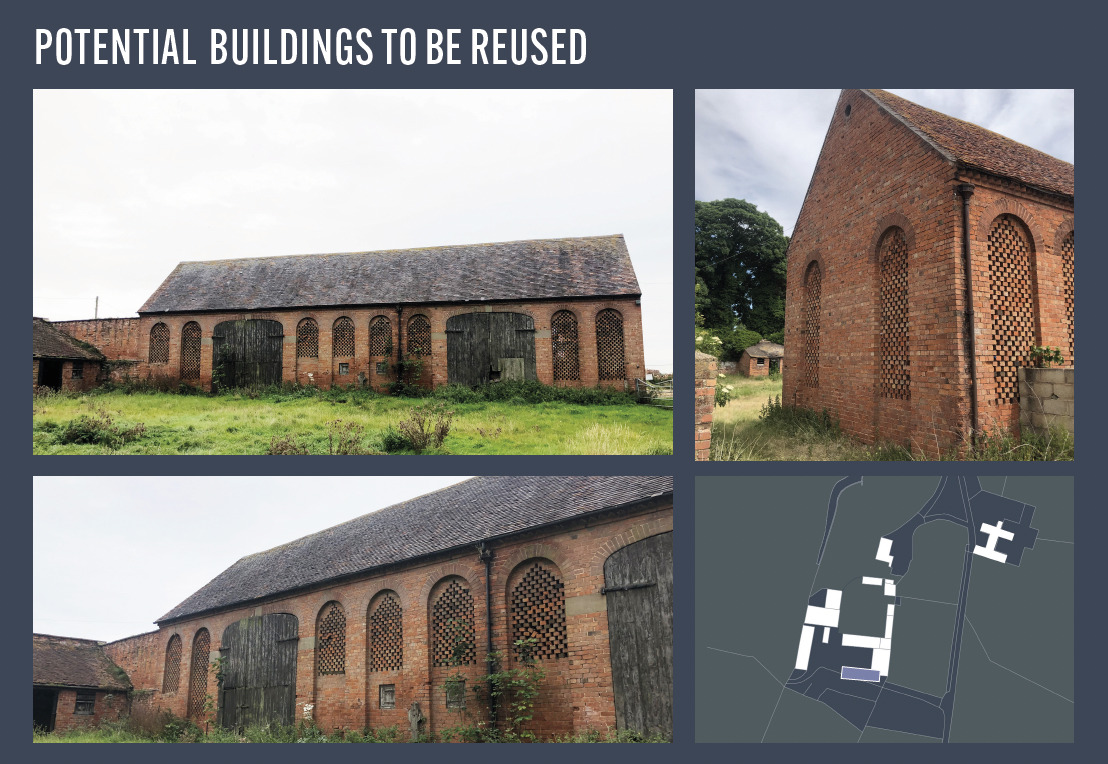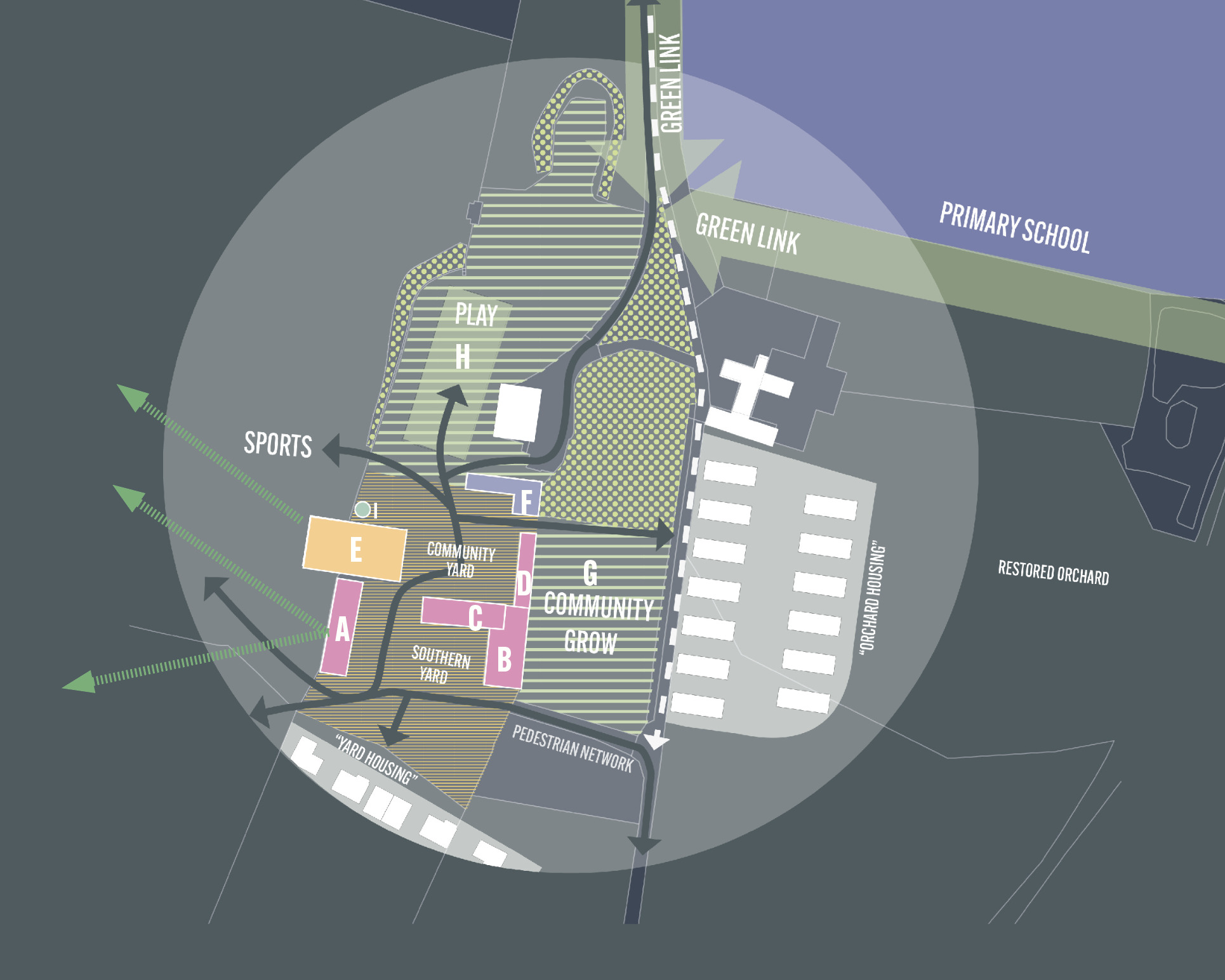During the last few years, the practice has been challenging our understanding of how to design for people, for activities and for moments; not just making spatial decisions for specific land uses, but understanding the components that need to be in place to empower the formation of successful communities. This work has moved us away from the idea that community uses are just a planning requirement or relate to financial viability, but seeing community uses – or Neighbourhood Hubs – as a design tool to ensure people are the primary consideration of design decisions.

The way we envisage communities should ensure that residents, occupants and users have a say in the place they engage with, by designing high quality spaces where relationships and ownership can be built, self-sufficiency can be encouraged, and adaption and flexibility is inherent allowing places and spaces to evolve at the same time communities emerge and demands change.
One of the key challenges we face when shaping new communities is how to allow a community to emerge and thrive when there are no societal dynamics from the outset: …How to anticipate what new residents will need …How to learn from other communities’ behaviour and reinterpret these characteristics in new schemes? …Exploring alternative and bespoke approaches to community stewardship and understanding their role in the formation of community.
As part of our ongoing work and associated research, we’ve recently had the exciting opportunity to explore the needs and aspirations for a new sustainable neighbourhood of ~3,000 residents in Worcestershire that forms part of a larger Garden Town. In doing so, we set a strategy of developing a focal point for a Community Trust and a series of flexible, multifunctional spaces where communal and enriching activities can take place within 15-min walking distance of all new homes on the site.
By celebrating existing site assets, proposals for a Neighbourhood Hub were formulated that would re-purpose traditional farm buildings and a walled garden into a community hall, farm shop, a home-work hub, community cafe with complementary adjacent open spaces including neighbourhood play (within adjacent woodland), a community orchard overlooking existing Parkland connected to a more expansive network of green corridors and spaces.

The process for designing the Neighbourhood Hub included establishing the various uses and functions that would be needed to support a new community of ~3,000 people, factoring in locations specific demands around work, learning, recreation and mobility, then reviewing the condition of the structures to be retained and the areas available to be used and then testing what types of activities could they hold. Simultaneously, we looked to emphasise the footprint and traditional arrangement of the retained buildings and was in which to enrich them to facilitate social interaction. This was done by creating a sequence of more intimate open spaces contained by multifunctional structures, all accessed by the wider network of active travel routes.

As designers, this exercise allowed us to understand how to spatially interpret community needs and the role that flexibility and adaption plays when working with a growing population. We strongly believe that designing for a community should never be a static process. It should unashamedly allow for evolution, be owned by residents and users and support people-focussed placemaking.






